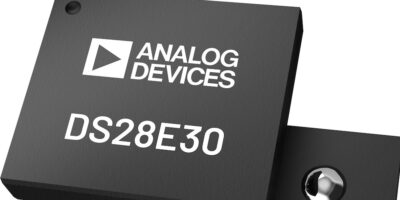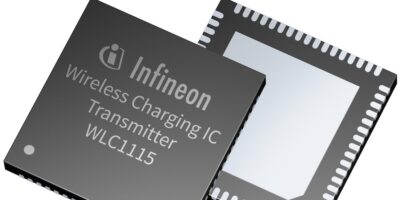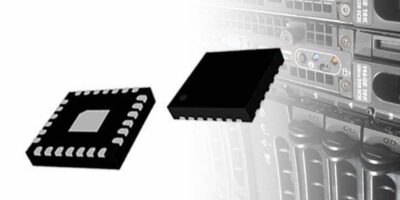Airoc Wi-Fi and Bluetooth connectivity provides Wi-Fi 6 / 6E and low power wi-Fi 5 connectivity to Nvidia’s Jetson system on modules (SoMs) for developers to accelerate artificial intelligence (AI) -enabled edge devices.
AI at the edge devices require reliable and instant Wi-Fi cloud connectivity for lifecycle management functions like deploying AI models through over the air (OTA) updates.
“In congested network environments, AI devices often encounter disconnections or low-data throughput, leading to poor user experience, explained Infineon. The Airoc Wi-Fi family delivers low latency, robust connectivity and high data throughput streaming, said Sivaram Trikutam, vice president, Wi-Fi product line at Infineon.
The Wi-Fi will be used for AI applications which require real time blending effects from live action to computer-generated images or videos, such as gaming and AR / VR (augmented reality / virtual reality) in industry applications. In these applications, high-throughput and low-latency wireless transmissions are critical and require simultaneous processing and streaming of data. Infineon said its Wi-Fi 6E solution, operating in the 6.0 to 7.0GHz band, minimises latency and prevents interruptions due to congested wireless networks. This is combined with the fast processing power of the Nvidia Jetson platform for AI-enabled devices in, for example, robotics, smart cities, healthcare, industrial, retail, energy and agriculture where processing in the cloud is blended with edge processing.
The Airoc CYW4373, CYW5459x and CYW5557x are available to design now. The Nvidia Jetson compute platform is claimed to be the leading AI at the edge compute platform with over one million developers. With pre-trained AI models, developer software development kits and support for cloud-native technologies across the full Jetson line up, intelligent machine manufacturers and AI developers can build and deploy software defined features on embedded and edge devices.







